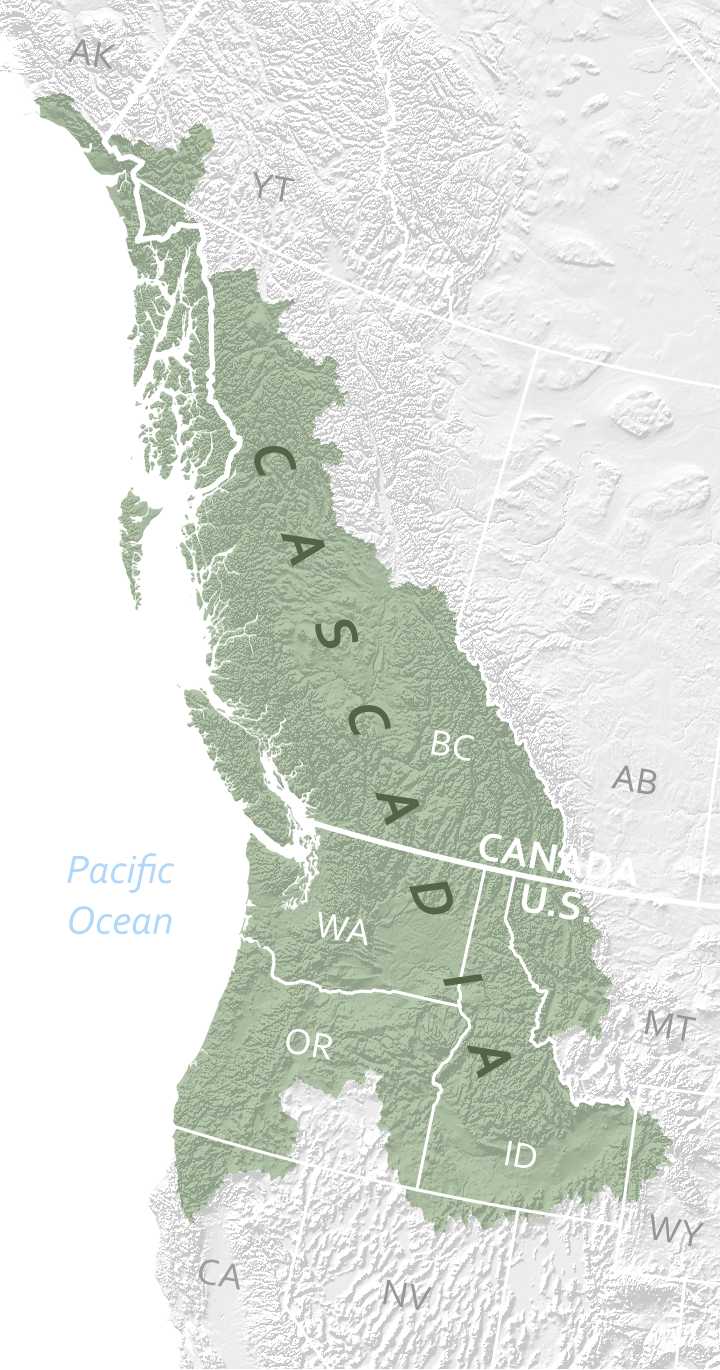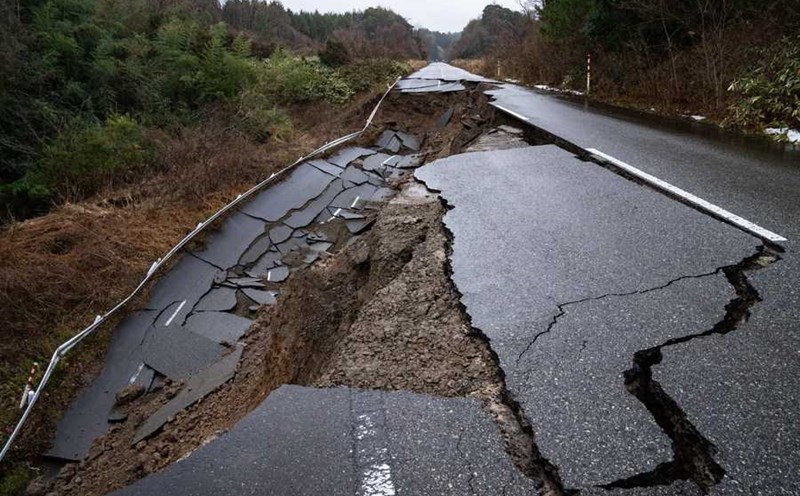The Pacific Northwest Coast stretching from Canada's Vancouver Island to Northern California (USA) has long been haunted by a geological "monster": the faulty area that sinks Cascadia.
This nightmare is predicted to create a powerful to terrifying earthquake and bring with it building-high sunsets. But a new study from the University of Washington has just revealed a ray of hope: Maybe, the Tsunami disaster we have been afraid of for so long... is not that bad.
The Cascadia Subsidence Area is where Juan de Fuca is slowly sliding down the North American plate. This process will contain energy for hundreds of years, and to about 400-600 years, it will be released by a strong earthquake of level 9, similar to what happened in 1700.
The problem is not just vibrations. Scientists warn that a Cascadia earthquake could bring up to 30m high sunslides, hitting coastal communities in just 15-30 minutes.
The biggest sunsones typically come from a type of fracture called megasplay fault - where the ocean shell is rapidly and suddenly lifted, creating intense waves. Worldwide, such megasplay disruptions have been confirmed in many subduction zones.
For a long time, geologists have suggested that Cascadia also owns a megasplay extending 1,000km from Vancouver Island to northern California, and this is the foundation for many disaster response scenarios.

However, a research team from the University of Washington conducted a "supersonic" seabed using the reflective seismic method, and the results surprised many people: There is no evidence to show megasplay fault extending the entire Cascadia region.
Researchers have identified several areas of scattered megasplay fractions, for example, off the Olympic Peninsula and partly from southern Washington to northern Oregon, but other areas are completely absent.
This means that coastal areas without megasplay offshore may be less vulnerable than initially forecast. The waves will be smaller, and the time from the time the earthquake occurred until the waves hit the shore can last a few more minutes - valuable for evacuation work.
However, experts warn that this is not absolute safety news. There are still worrying megasplay footage. And a Cascadia earthquake could still cause widespread devastation, especially in coastal communities near dangerous faulty areas.
Cascadia is still a "time bomb" on the bottom of the ocean. But now, thanks to new data, scientists can calculate more accurately the scale and speed of the fury it brings. When nature can be surprised, science is the only way for people to overcome disasters instead of being swept away.











